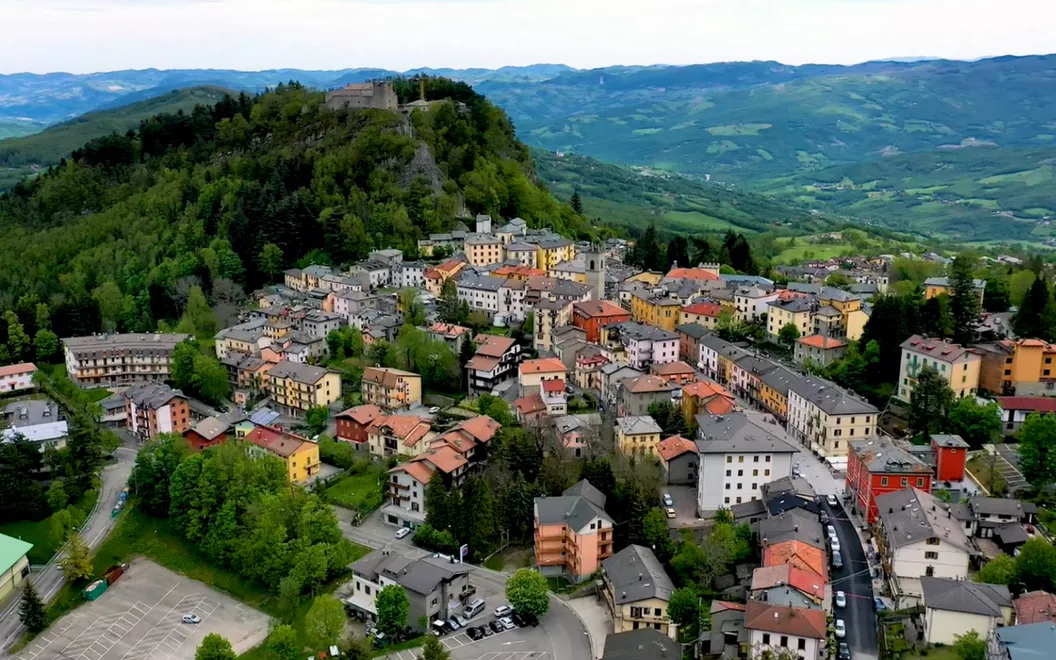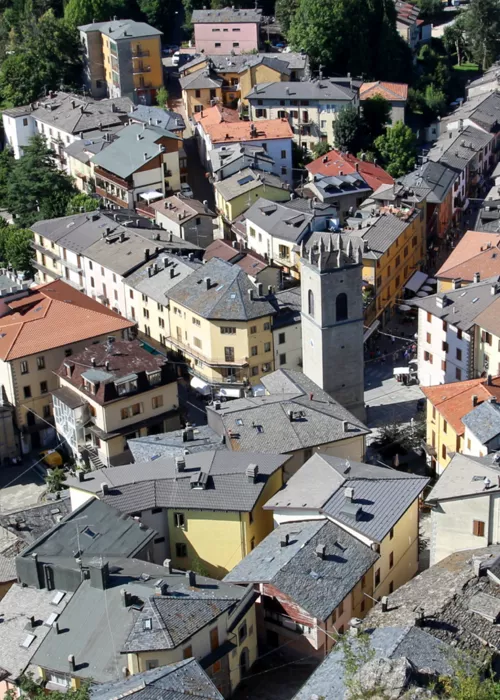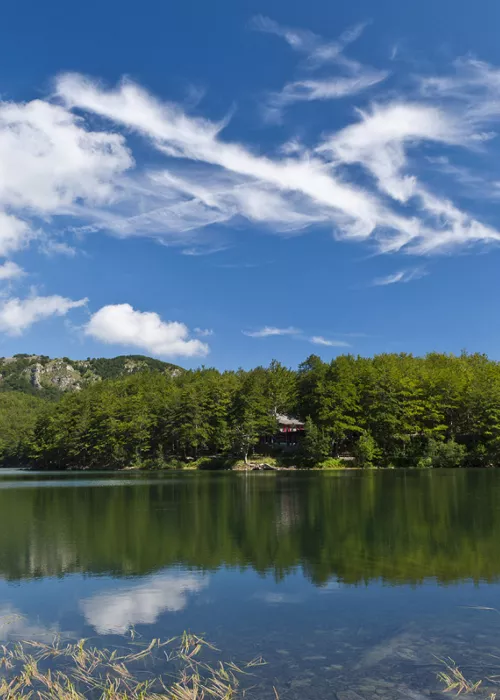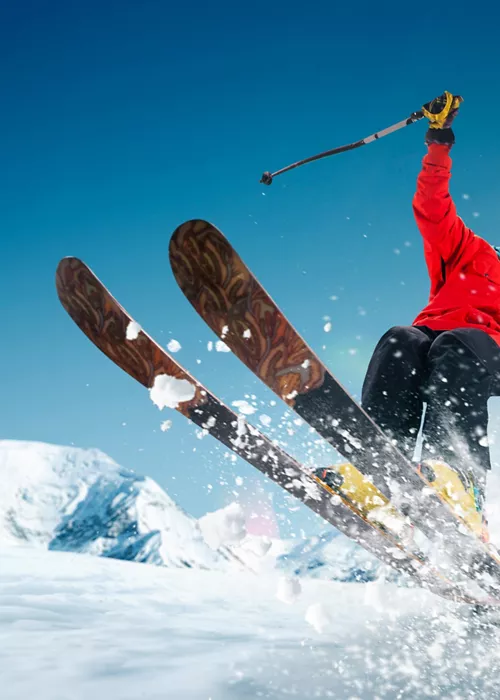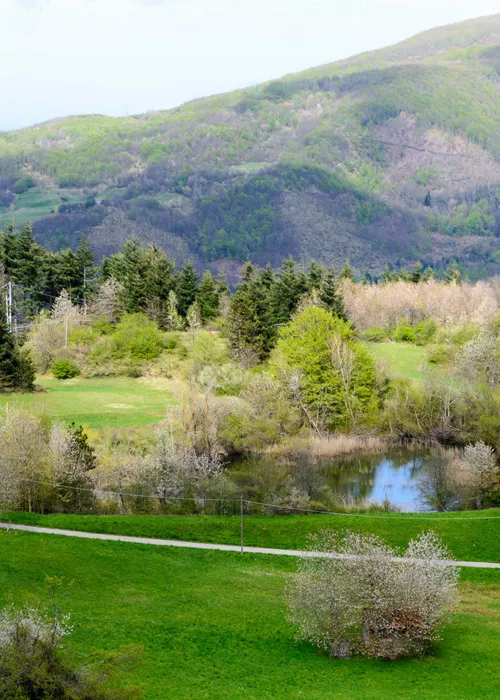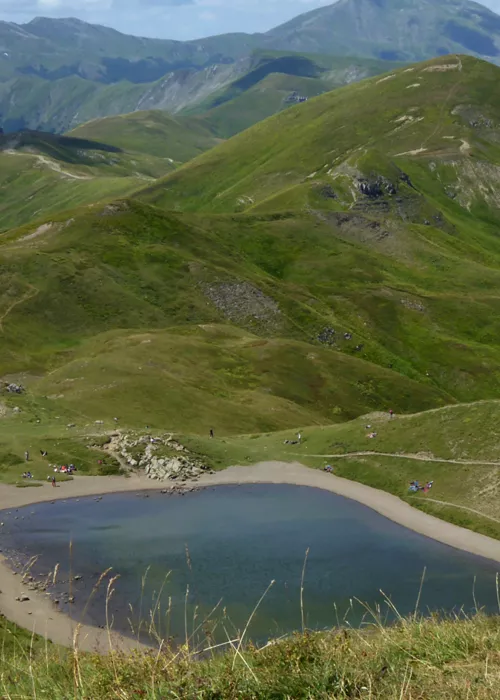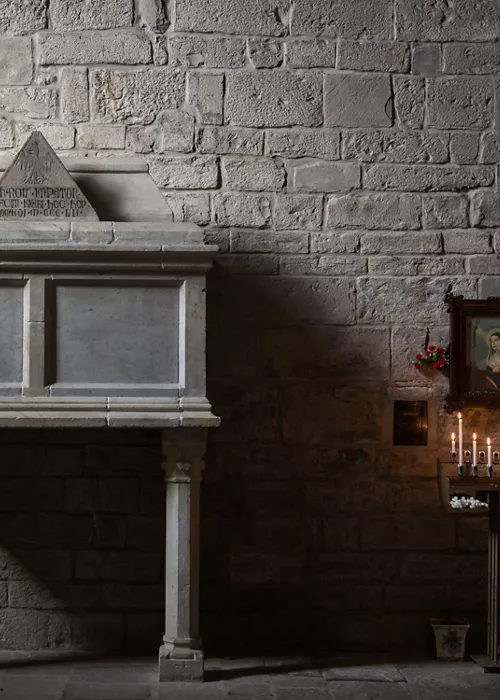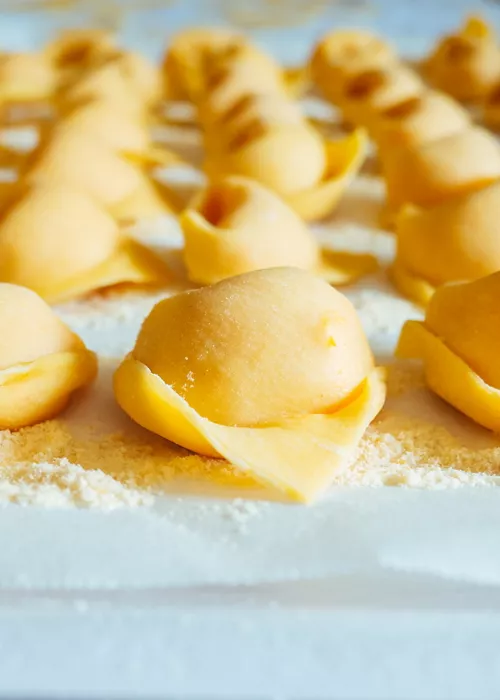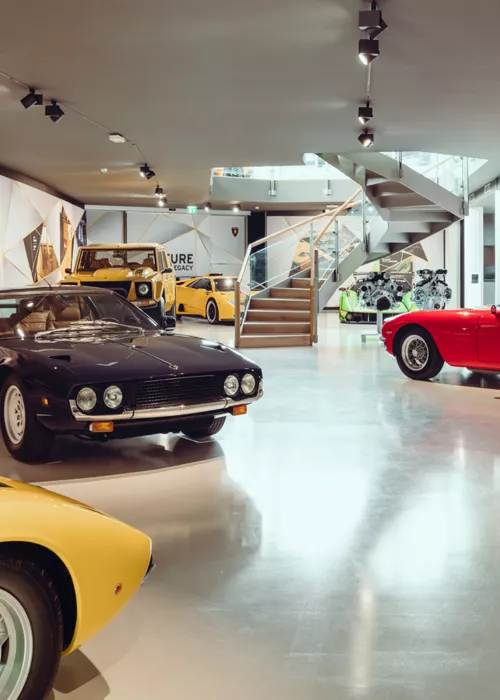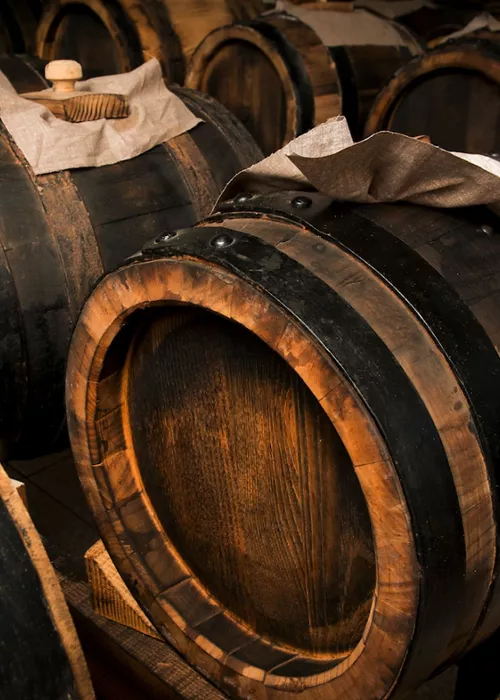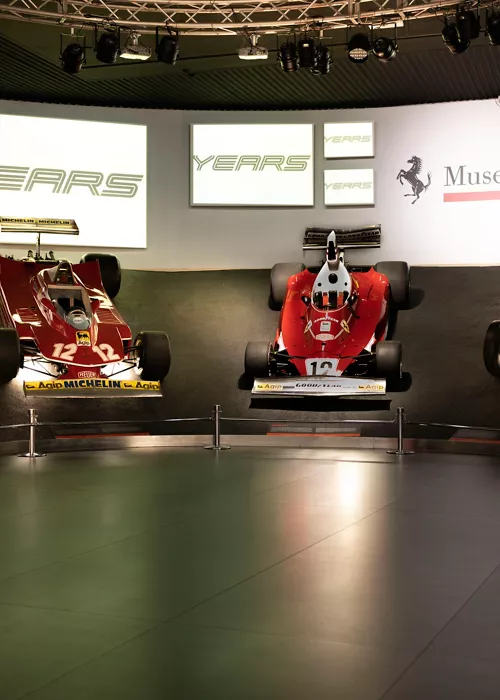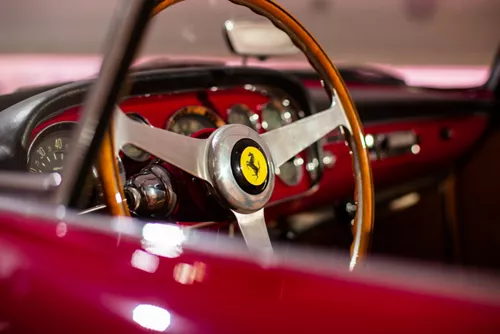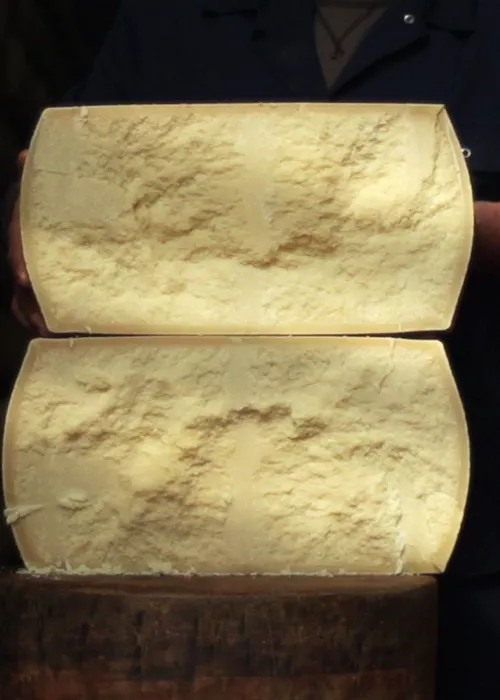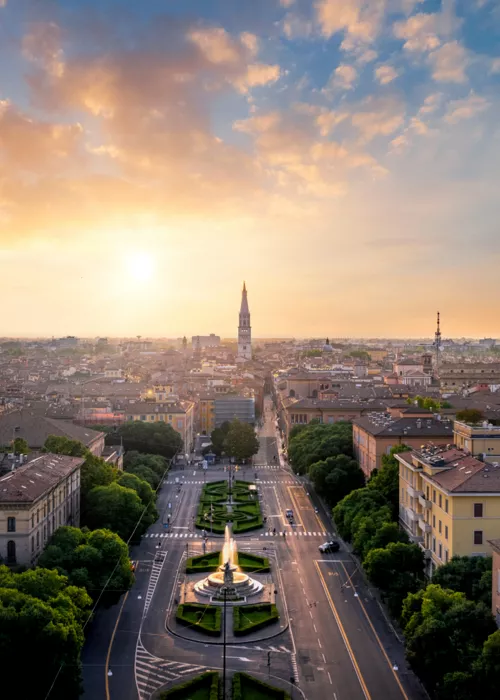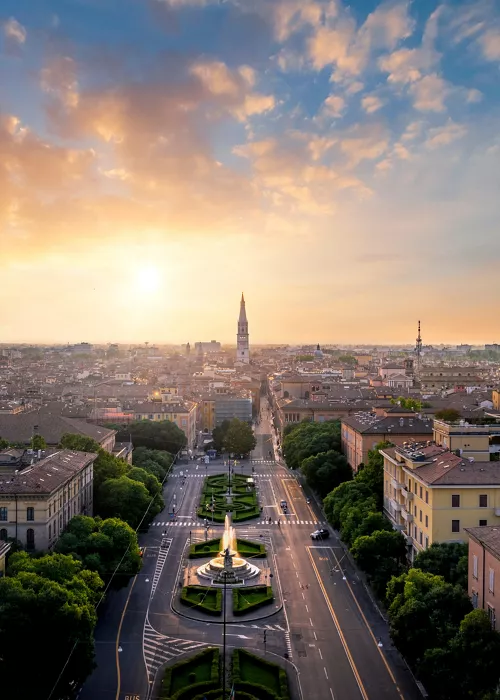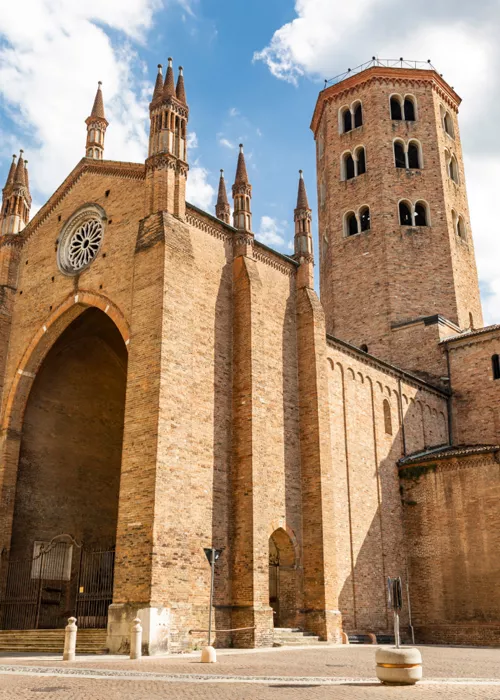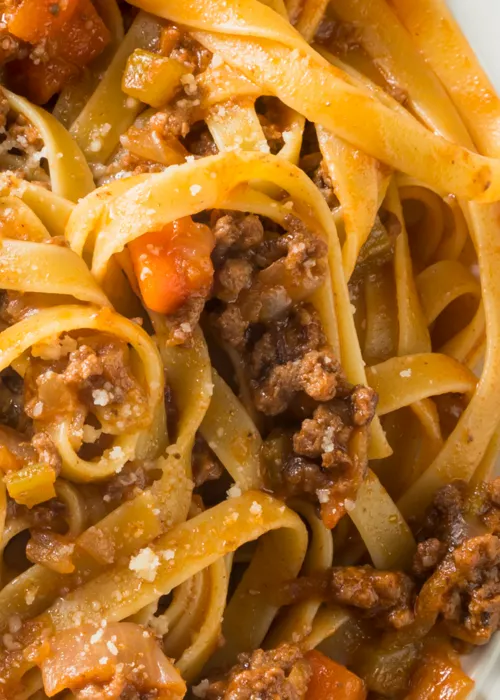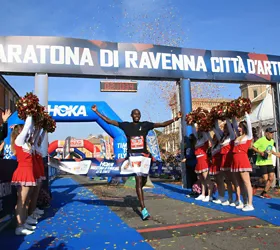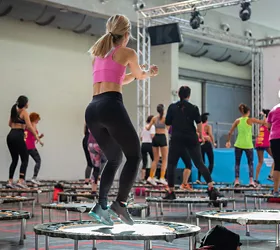Sestola, land of downhill climbers and saddle climbers
4 minutes

Index
An ideal territory for cyclists, who between one ride and another can refresh themselves between crescentines with the "cunza", borlengo and a glass of Lambrusco.
Sestola, on the slopes of the highest peak of Emilia-Romagna
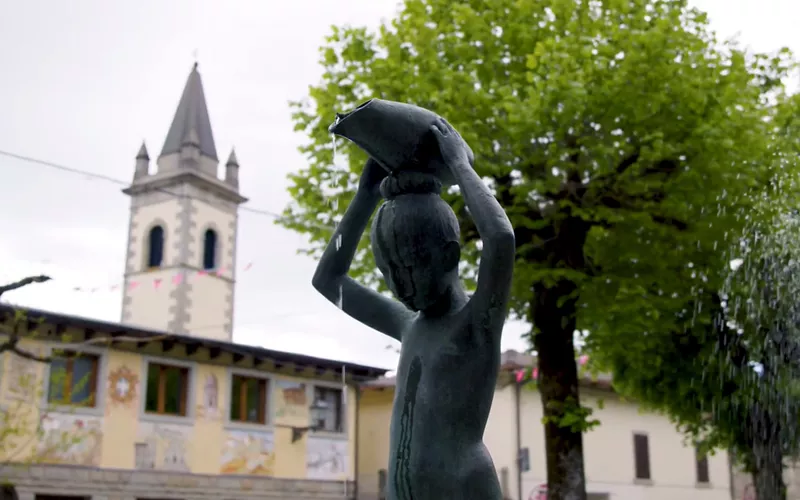
If Alberto Tomba has become a champion loved by everyone, so much so that he even stopped the Sanremo Festival for gold in the giant slalom at the Calgary 1988 Olympics, one of the places linked to the birth of this myth is Sestola, on the Modena Apennines, with its ski slopes.
But today, in addition to being a well-known and popular winter tourism center in the Frignano Park, with its comfortable reception facilities and many suggestive itineraries for cyclists, Sestola is also a popular summer tourist destination.
A town with about 2,600 inhabitants, Sestola is located at the foot of Mount Cimone, the "peak" of the northern Apennines with its 2,165 meters of altitude; it is also the highest peak in the Emilia-Romagna region.
What to see in Sestola and surroundings: the fortress, the alpine garden "Esperia" and Lake Ninfa
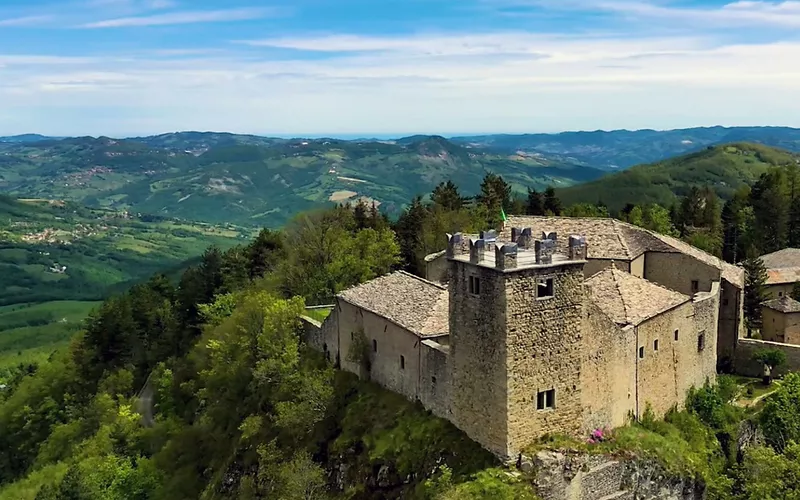
Arriving in Sestola, the characteristic town immediately strikes, arranged around a high rocky spur. On this stands an ancient and imposing 9th-century fortress, rebuilt in the 16th century, with a wall, buttresses and a circular tower. The central court offers the Governor's Palace, the Clock Tower and the old prisons.
It also houses the interesting Museum of peasant and mountain civilization, referring to Sestola and its various hamlets. The alpine garden “Esperia”, botanical oasis on the slopes of Mount Cimone, as well as the Lake of the Nymph surrounded by beech forests and coniferous woods, are of considerable interest.
Tourism is the first item of the local economy that also counts on good agricultural, livestock and manufacturing realities, in specific areas.
Cycling in one of the stages of the Giro d 'Italia
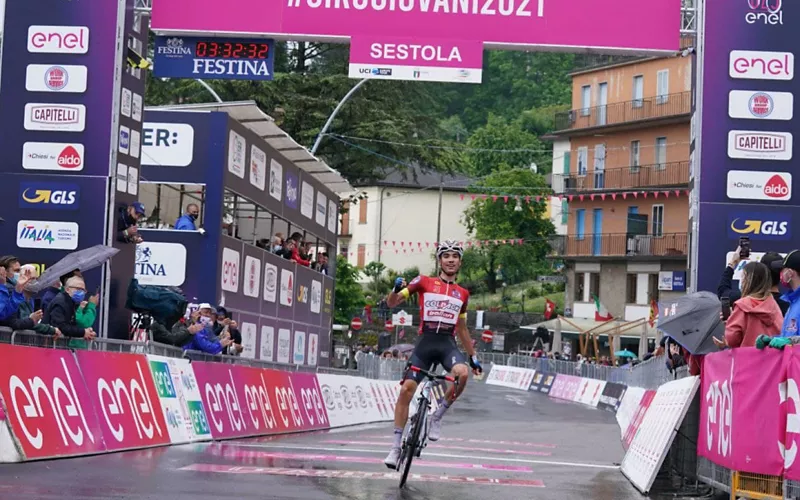
In Sestola you will find roads beaten daily by many cyclists and cyclists, ready to pedal on the roads that have hosted the champions of cycling, professionals and young promises.
It began in 1971 with the Forte dei Marmi - Sestola, in fact, the link between the Giro d 'Italia and the Apennine town. The climb ends about 4 km beyond the village of Sestola, in a dense forest, at an average slope of 9%, and sees the victory of the Spaniard José Manuel Fuente.
In 2014, the Giro d 'Italia reaches higher than the traditional finish line of Pian del Falco: the stage ends at Passo del Lupo, at an altitude of 1,538 meters. Peter Weening wins over Davide Malacarne.
In 2016, a young Giulio Ciccone won the Campi Bisenzio-Sestola. The point of arrival still changes: in this case we arrive for the first time in the town of Sestola, as will happen also in 2021 when, in addition to the victory of the American Dombrowski, the Rosa shirt by Alessandro De Marchi was also celebrated.
The cycling of young talents also stops in Sestola: in 1993 the Tour of Regions for amateurs in Pescia-Sestola wins Pascal Hervé, then a professional; in 2018 and 2021 the Giro d 'Italia Giovani U23 also arrives, with victories respectively of the Austrian Markus Wildauer (over Alessandro Covi) and the Spanish talent Juan Ayuso.
The ideal setting for outdoor sports in Emilia-Romagna
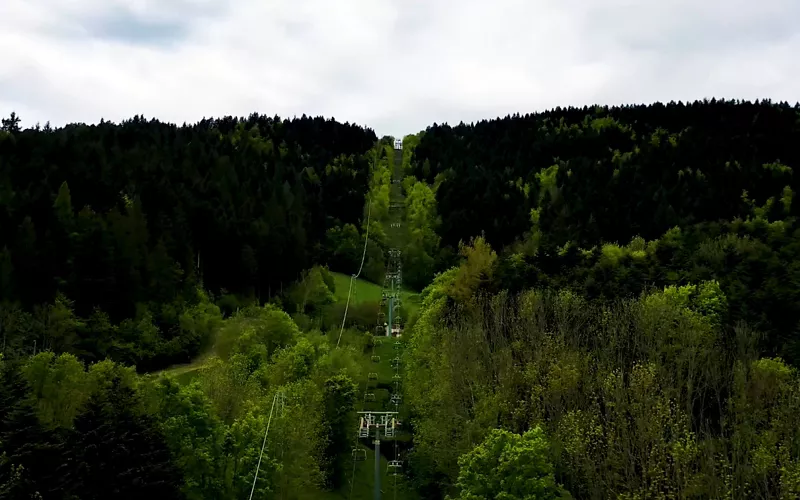
Thanks to the accommodation facilities, but also to the characteristics of the territory, Sestola presents itself as a real capital of cycling and summer sport. Among the many routes available for bicycle enthusiasts, in addition to those on the road that allow you to go to the Cimone or to relive the exploits of the protagonists of the Giro d 'Italia, there are particular routes dedicated to mountain biking. It is possible to do both e-bike excursions and try to try downhill, MTB discipline that consists of the descent along mountain trails created with curves, jumps and obstacles to make the descent challenging.
However, Sestola also allows many other activities that allow you to develop the connection between sport and territory, such as orienteering, trekking, horseback riding, hang-gliding and paragliding.
Crescentine, lambrusco and Vignola cherries for a well-deserved refreshment
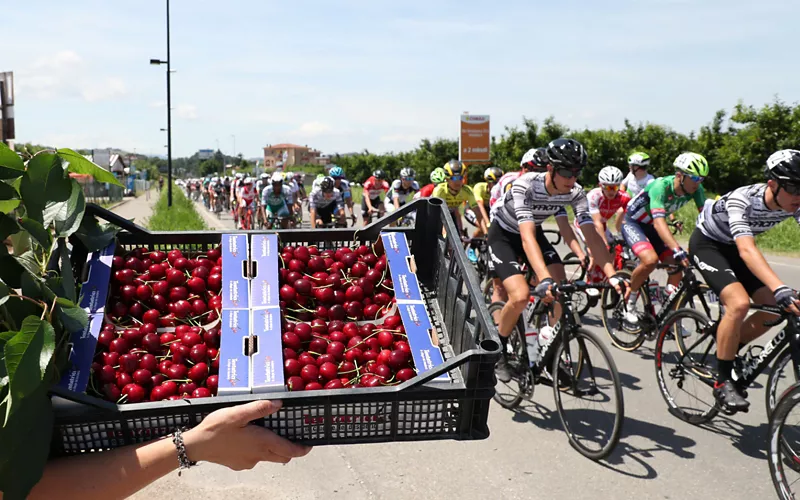
For holidays in Sestola and on the hills of Modena, you can not miss the culinary specialties typical of the area. Among all, a particular mention deserves crescentine, fried gnocco and borlengo, the latter a kind of crepella that is prepared starting from a liquid dough based on water (or milk), flour, salt (sometimes also eggs) and that is served with the "cunza", the typical stuffing of beaten lard, garlic and rosemary, with a sprinkling of Parmesan Reggiano in addition.
The "cunza" is also combined with crescentine, typical local focacci that are prepared with a mixture of flour, lard, yeast and water. They are also known as "tigelle", named after the characteristic refractory stone or terracotta discs that were once used to cook crescentine.
The province of Modena, where Sestola is located, also has an important tradition in the processing of pork, from which products known nationally and internationally originate. Among these cotechini, prosciutto and zamponi, a cured meats product the latter is obtained from the mixture of striated muscles, fat, skin and various condiments. In each of these cases, these are PGI products, a brand that identifies and protects the products that stand out in a certain geographical area.
During cycling in these areas, it will certainly happen that you can stop for a tasty stop by also buying other PGI products that characterize the area, in particular towards Vignola: we speak of the "cherry of Vignola", for example, or of the Amarene Brusche di Modena, another PGI product that indicates the jam given by the acid cherry fruits of different local varieties.

